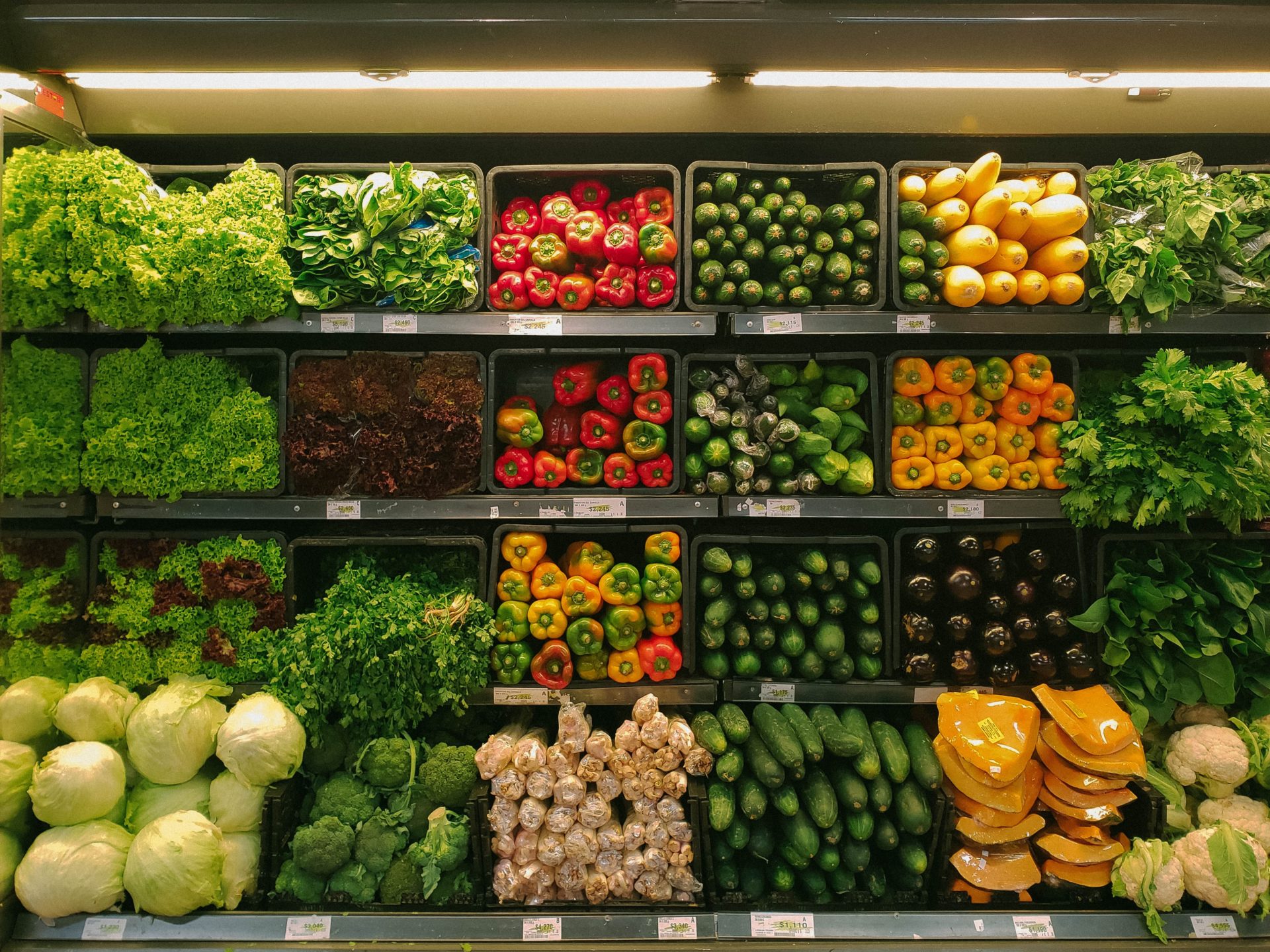The Cost And Profits Of Owning A Grocery Store

Grocery stores are an essential part of any community. It is the main way to acquire supplies and resources. This is the very reason why some feel like it is a good idea to open a grocery store. While this may be a good idea, there are many costs and fees that come along with owning such a large investment. While you don’t have to own a large grocery store such as Loblaws or NoFrills, there are smaller-scale options. An example of this is specialty grocery stores. These grocery stores specialize in a certain type of food or culture. For example, in the GTA, you’ll find many specialty stores. There are many Latin or Hispanic grocery stores that sell foods native to their culture.
Furthermore, you can find many West Indian and Indian grocery stores around the GTA. They are quite literally everywhere and highly useful. However, with all that being said, specialty stores are more niche and will typically have less traffic than a general-purpose grocery store. Therefore, we will take a look into how much it will cost to open a grocery store. Furthermore, the potential profits that can be earned.
How To Obtain A Grocery Store
Obtaining a grocery store requires a considerable amount of time, preparation, business know-how, and capital. To start, we will need to develop a plan on how we want this business to both start and operate. This means you will need to know the ins and outs of the grocery business. First, you will need to know the potential costs of everything related to your business, this means, maintenance costs, payroll, inventory, start=-up fees, and many more.
After you’ve seen all the fees that you will need to pay, a target audience or market needs to be established. The target market is the main demographic of people who will be frequenting your store. Stores such as Walmart and Sobeys have an extremely large demographic. Superstores like that cater to everyone. Therefore, they don’t need to pick a particular niche. With that in mind, you have two options when choosing a store that targets multiple demographics. You can create a grocery store that functions relatively the same. However, to a smaller degree. Furthermore, you can try and open a franchise or these large-scale grocery stores.
Some common examples of grocery store franchises are Fortinos and Freshco. If you’re thinking of opening a franchise, it may be a good idea. However, it most likely will come with extra or different costs. For example, if you were to open your own grocery store, you are the owner. However, with a franchise, you may have to pay a franchise and royalty fees.
While this is true, anecdotes have said that certain franchises will cover half of the associated fees for a certain amount of time.
After the above is planned out, you will need to figure out how much money you’re going to label everything. This can be quite difficult as you have to both stay competitive and adhere to certain company policies. For example, a can of Arizona has been $0.99 for as long as I can remember. This is what they are known for. However, the company makes it known that they would rather have their drink priced at $0.99. While this is true, many places that sell the canned drink are independent retailers and can sell the can at their own price.
Lastly, you will want to figure out what the name of your business will be. Of course, if you’re opening a franchise, it will be the name of that franchise. However, if you are an independent retailer, you will need to create a name. The name should be catchy, easy to remember and give a short description of what your company does or sell. This is a general rule of thumb for any business. However, the name is up to your discretion. Having an easy and descriptive name will help customers identify your business and what services/products you provide.
Related Articles
- 4 High-Return P2P Lending Platforms For Canadian Investors
- Highest Paying Trade Jobs In Canada
- From Hello To Hired: Breaking Through The Interview
- How To Start Your Very Own Blog!
- Marketing And Monetizing Your Blog
The Costs of Owning A Grocery Store
As it stands, grocery stores are businesses that have relatively thin profit margins. Therefore, grocery stores rely on heavy customer volume in order to either earn a profit or break even. There are a lot of costs associated with opening a grocery store. First is the initial investment. This will include everything from the cost of equipment, setting up the store, inventory to your point of sale system. Depending on the size of your grocery store, you can find yourself easily spending hundreds of thousands of dollars before your business even opens. This is if you lease your building/area. If you purchase the building that your grocery store is in, you will have to deal with the real estate costs as well.
Ongoing Expenses
When it comes to ongoing expenses, there is a lot that you will need to consider. First, if you have a lot of employees, you will need to consider payroll. Next is the ongoing price of constantly stocking inventory. Then you have to deal with rent, insurance, legal fees, utilities, and many other expenses. Depending on the size of your business, it is not uncommon for the ongoing expenses of a grocery store to exceed $10,000 per month.
Looking at the picture above, provided by Statscan, we can see a few things. This first is that grocery stores in the lower percentile are operating at a net loss. However, there is an interesting correlation when we look at expenses. The lower quartile has the most expenses. However, as you earn more money and grow as a business, you will see yourself spending/losing less money, increasing your profit margin. Above are many of the charges you may have to pay, not including royalties and franchise fees if you go that route.
The Profits From Owning A Grocery Store
In terms of how much money you will make, it can vary greatly. Of course, you can set a certain amount of money to pay yourself out of the profit of the business. However, this amount will greatly depend on how much money your grocery store earns. If we’re looking at profit margins, grocery stores usually have a profit margin between 1% – 3%. However, this number can vary greatly depending on size, expenses, demographics, and the volume of customers you’re receiving on a daily basis. However, for the sake of this article, let’s say that your grocery store pulls in a 2% profit.
Now let’s say your grocery store has a considerable amount of volume running through it and you provide a lot of necessary products to your customers. With all this accounted for your store brings in $2,000,000 per year in sales and other services. With a 2% margin that means your annual profit is approximately $40,000 per year. Of course, grocery stores rely on volume and if you’ve marketed/branded yourself correctly, your business can bring in well over $2,000,000 in sales. Therefore, if you want a better picture of how much you can make, just scale that formula to your desired amount. Let’s say your grocery store brings in $10,000,000 and 2% of that is profit. That means you’ll have $200,000 in profit.

Shameed is just a man on a mission to help those around him gain financial success. Obsessed with writing about all things finance, this GTA native is constantly learning and sharing his experiences with others.




